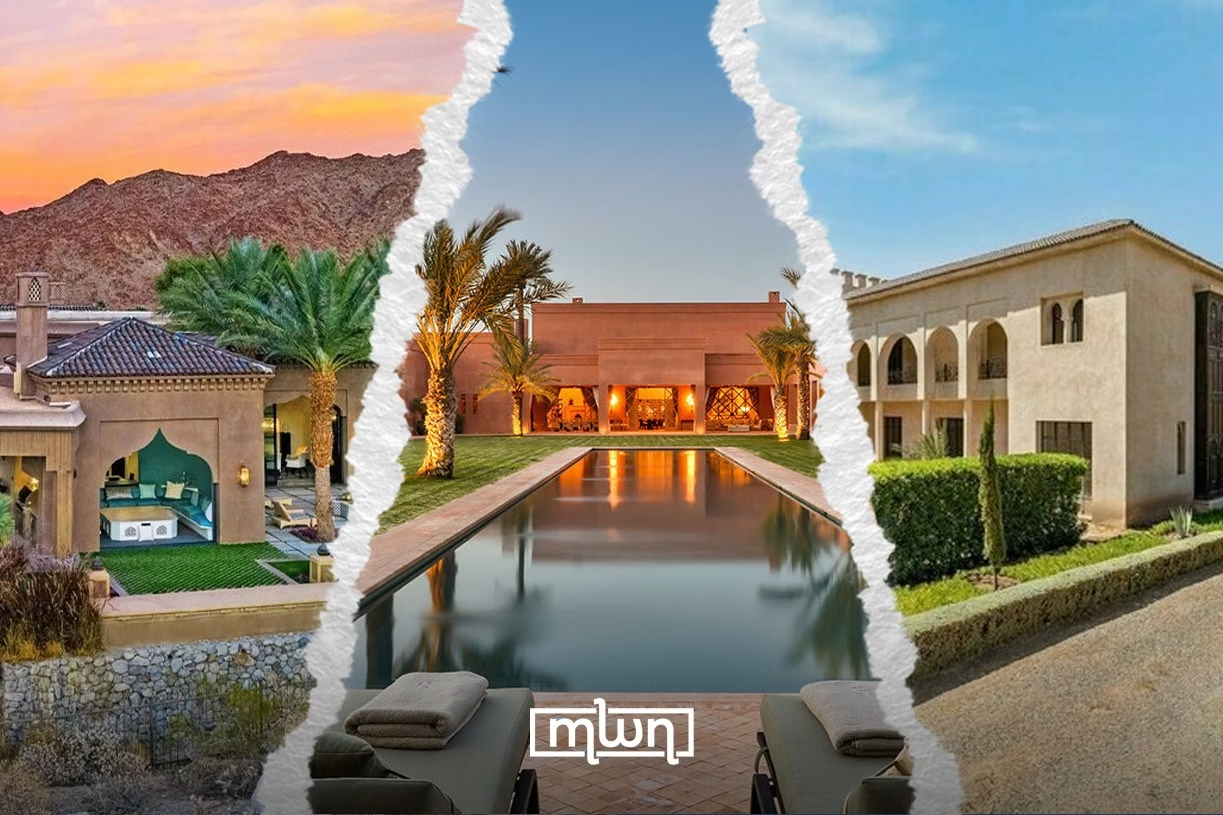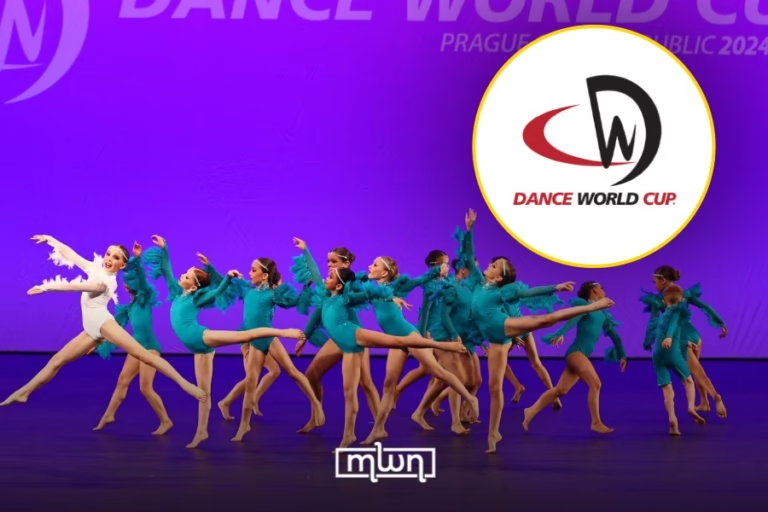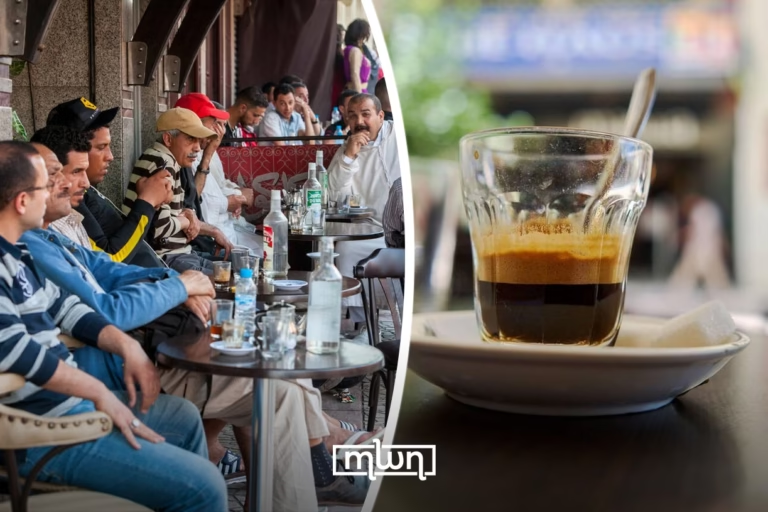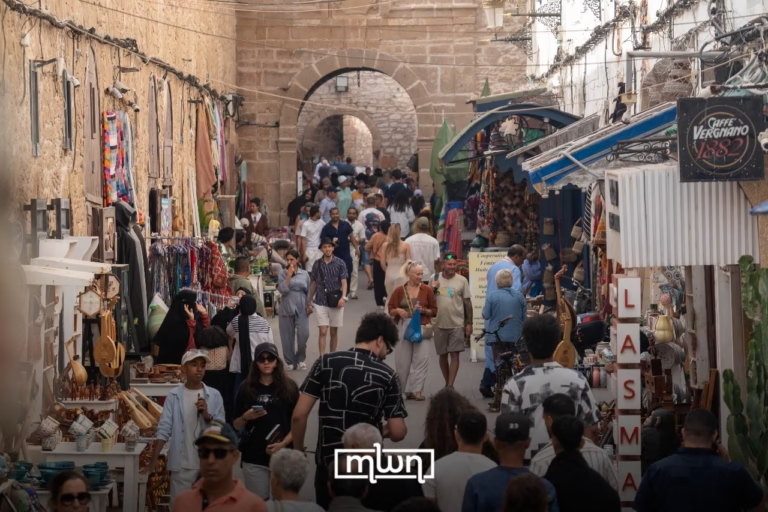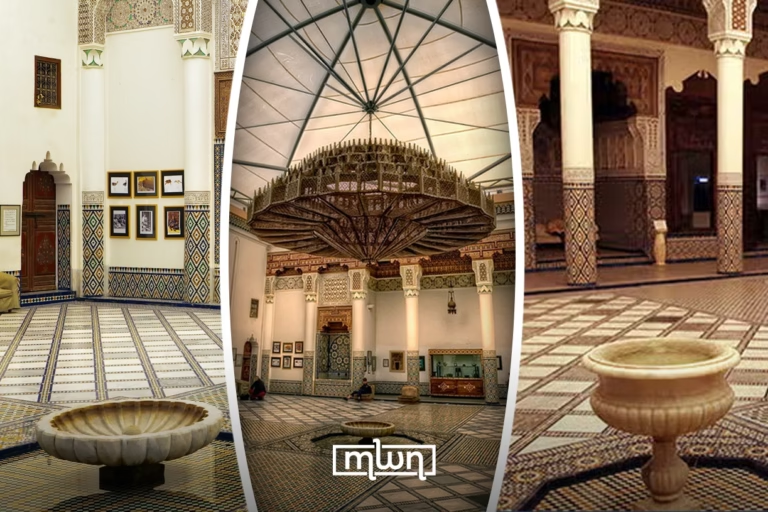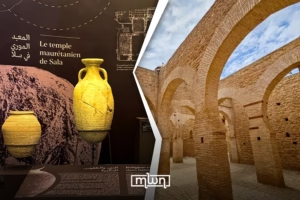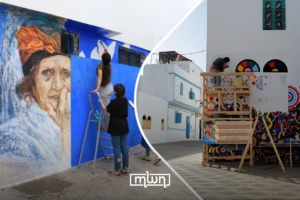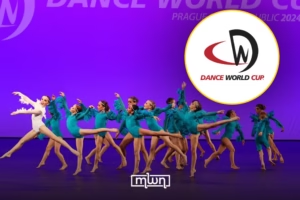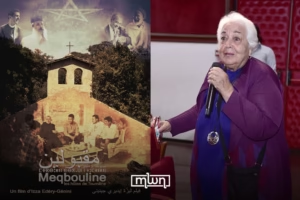Moroccan architecture is quietly taking over the world’s most luxurious coastlines.
Fez – Once upon a time, Moroccan architecture was a treat reserved for the alleys of Fez, or Marrakech streets, or a luxury riad hidden behind a wooden door in Essaouira.
But lately, it’s been popping up somewhere a little less expected: on the coasts of Florida and the shores of Mexico.
Yes, Moroccan design has officially gone global, becoming the blueprint (quite literally) for tranquility-seeking resorts from Miami to Cancun.
And no, this isn’t a fleeting design trend. This is a full-blown aesthetic migration.
What started in California as a niche fascination with Moroccan elegance, arched doorways, zellige tile mosaics, carved cedar wood, and sun-drenched courtyards, has now become a global design language for luxury.
The look is unmistakable: serene courtyards with babbling fountains, lantern-lit hallways, and color palettes that speak in whispers of saffron, terracotta, and indigo.
In Miami, high-end homes are embracing mashrabiya-inspired facades and Moroccan-tiled plunge pools.
In Acapulco and Cancun, five-star resorts are taking notes from Marrakchi riads and Andalusian patios, reinterpreting them for sea-facing villas and spa sanctuaries.
But this isn’t just about importing a style. It’s about exporting a mood.
There’s something deeply soulful about Moroccan design. It doesn’t scream for attention, it invites you in.
It creates space to breathe. In a hyper-digitized world, people are craving stillness, warmth, and something that feels crafted rather than produced.
That’s where Moroccan craftsmanship shines. Every tile tells a story. Every carved wooden panel has a heartbeat.
It’s design that slows you down, and that’s what makes it so seductive in the high-speed luxury market.
More than a look, it’s a philosophy: beauty as a form of peace.
As the global appetite grows for experiences that feel more human, more meaningful, and more beautiful, Moroccan architecture is having a well-deserved global moment.
And from the beaches of Tulum to the rooftops of Los Angeles, that moment is becoming a movement.
So, next time you spot a whitewashed villa with arched doors and a tadelakt bathtub overlooking the sea, remember: you’re not just looking at luxury.
You’re looking at a piece of Morocco, translated, yes, but still singing the same timeless tune.
Read also: Syrian Voice Acting Legend Fatima Saad Dies at 59

